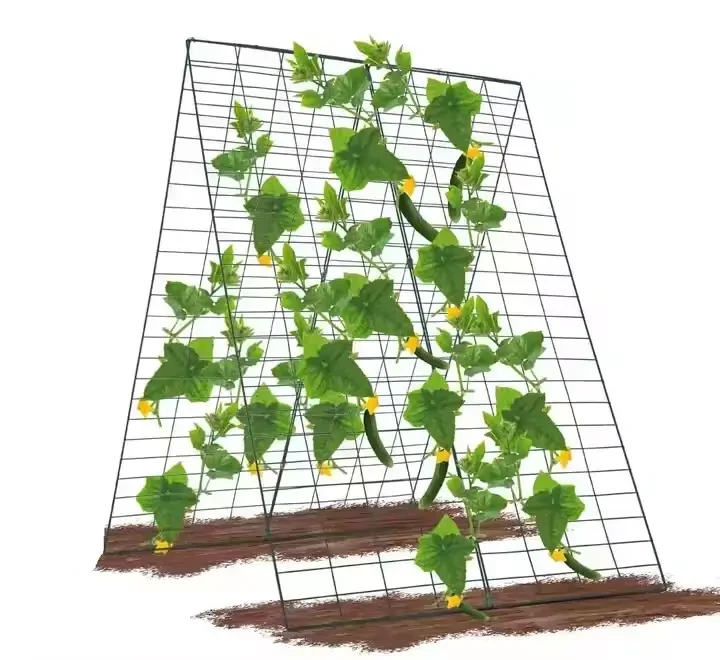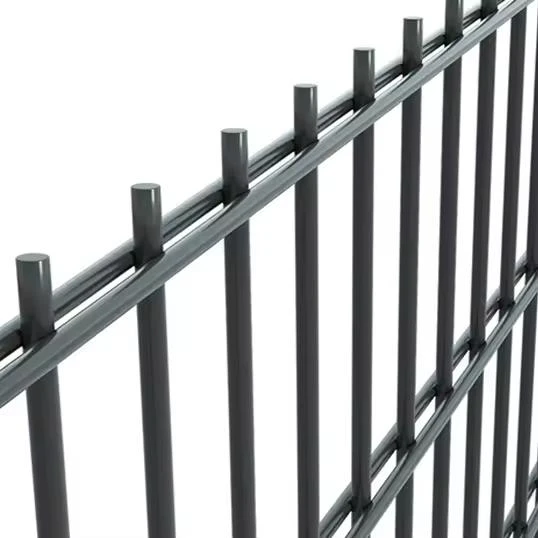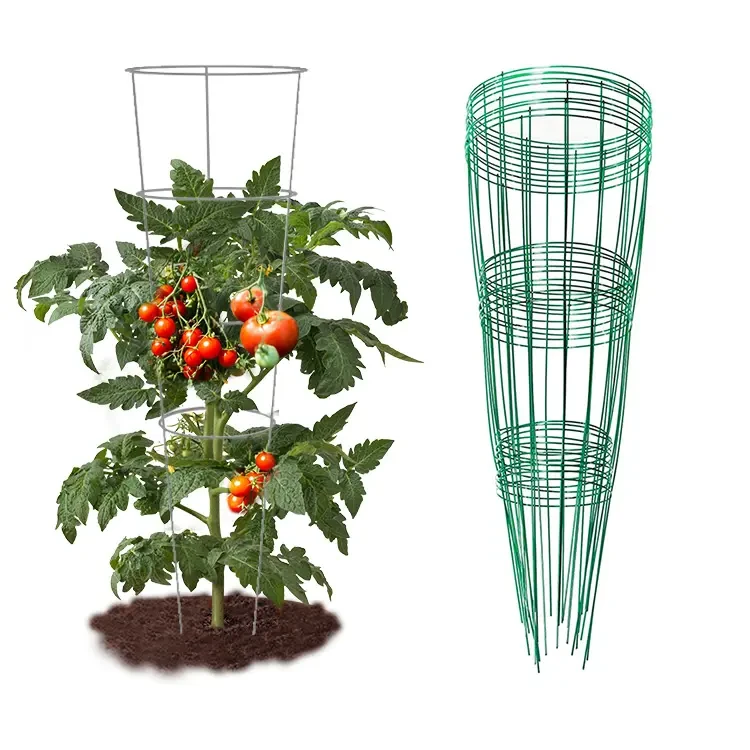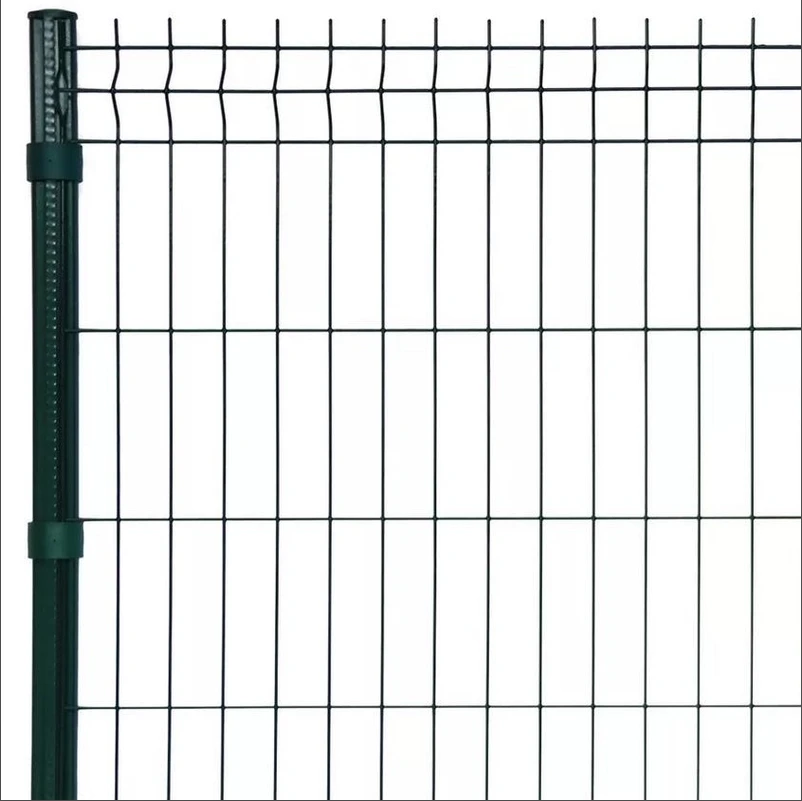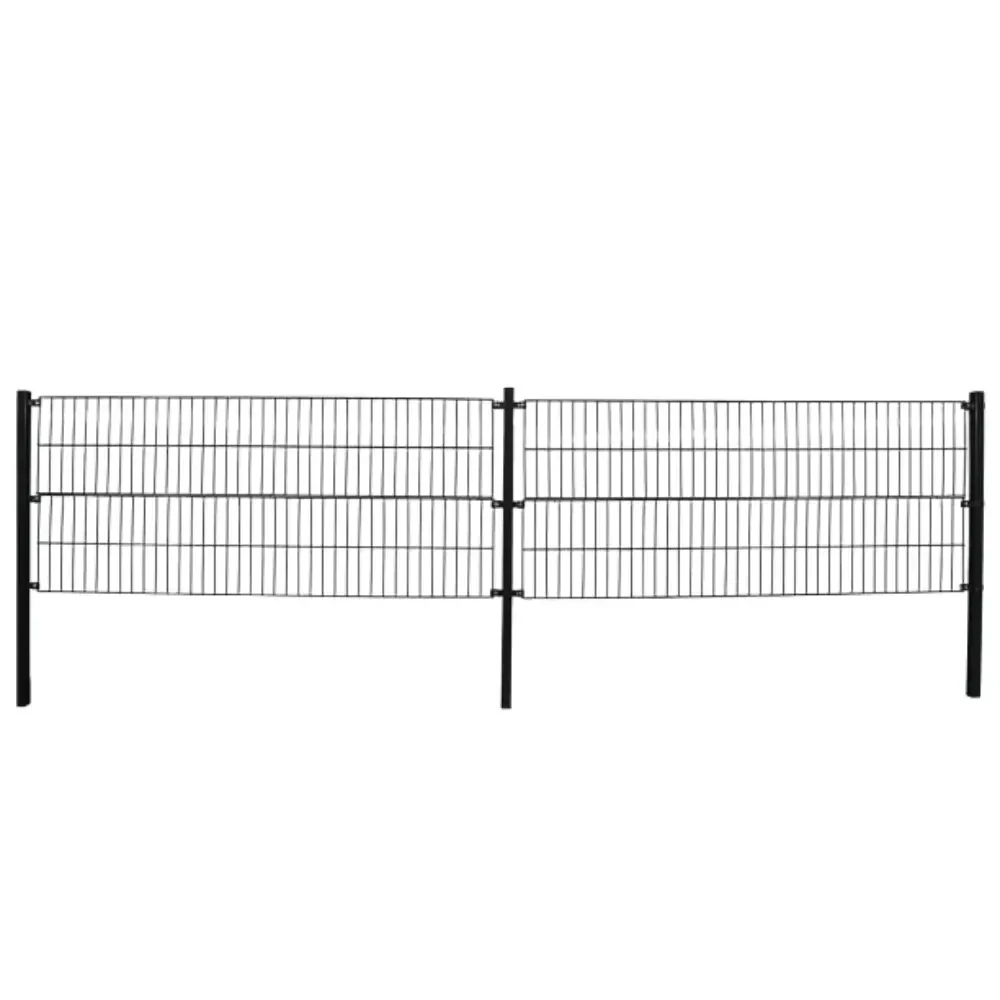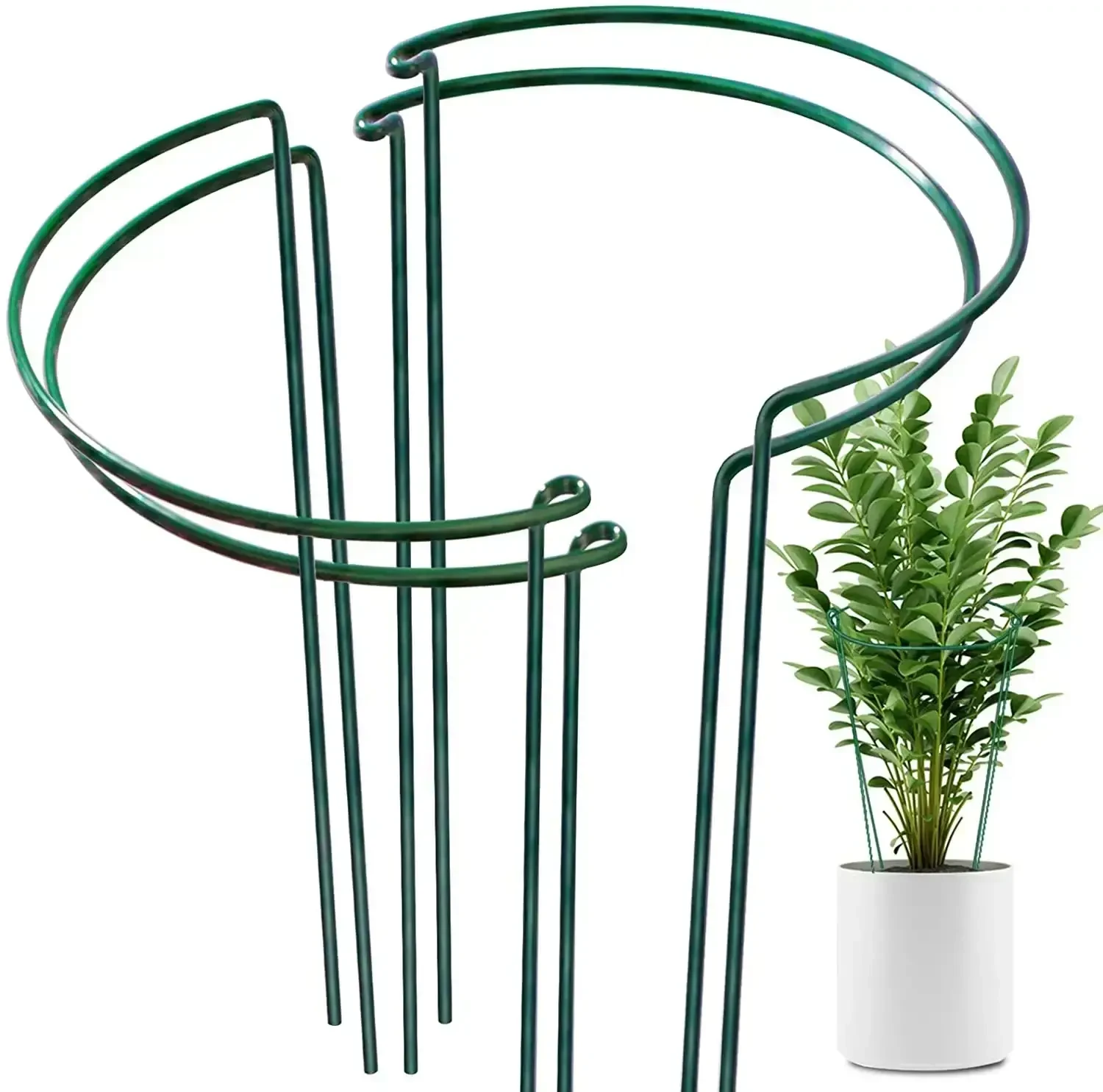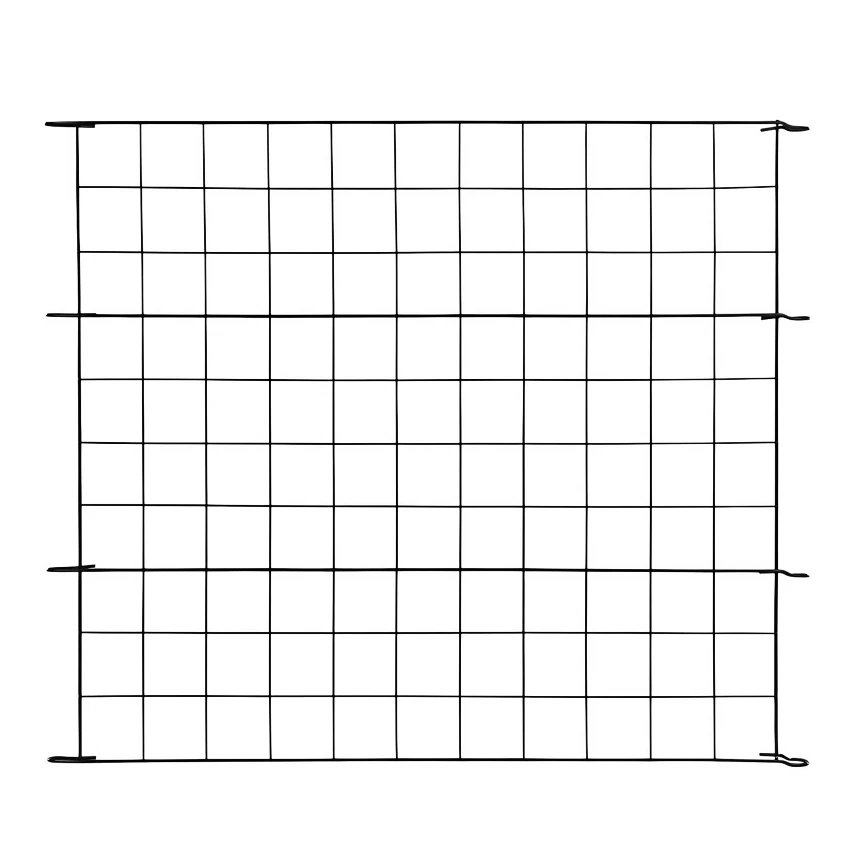-

-
 Whatsapp:+86 17732187393
Whatsapp:+86 17732187393 -


- Afrikaans
- Albanian
- Amharic
- Arabic
- Armenian
- Azerbaijani
- Basque
- Belarusian
- Bengali
- Bosnian
- Bulgarian
- Catalan
- Cebuano
- Corsican
- Croatian
- Czech
- Danish
- Dutch
- English
- Esperanto
- Estonian
- Finnish
- French
- Frisian
- Galician
- Georgian
- German
- Greek
- Gujarati
- haitian_creole
- hausa
- hawaiian
- Hebrew
- Hindi
- Miao
- Hungarian
- Icelandic
- igbo
- Indonesian
- irish
- Italian
- Japanese
- Javanese
- Kannada
- kazakh
- Khmer
- Rwandese
- Korean
- Kurdish
- Kyrgyz
- Lao
- Latin
- Latvian
- Lithuanian
- Luxembourgish
- Macedonian
- Malgashi
- Malay
- Malayalam
- Maltese
- Maori
- Marathi
- Mongolian
- Myanmar
- Nepali
- Norwegian
- Norwegian
- Occitan
- Pashto
- Persian
- Polish
- Portuguese
- Punjabi
- Romanian
- Russian
- Samoan
- scottish-gaelic
- Serbian
- Sesotho
- Shona
- Sindhi
- Sinhala
- Slovak
- Slovenian
- Somali
- Spanish
- Sundanese
- Swahili
- Swedish
- Tagalog
- Tajik
- Tamil
- Tatar
- Telugu
- Thai
- Turkish
- Turkmen
- Ukrainian
- Urdu
- Uighur
- Uzbek
- Vietnamese
- Welsh
- Bantu
- Yiddish
- Yoruba
- Zulu
Effective Fencing Strategies for Beef Cattle Management and Farm Safety Challenges
The Importance of Fencing in Beef Cattle Management
Fencing is a fundamental aspect of beef cattle management, playing a crucial role in the health of the herd, the sustainability of the land, and the efficiency of farming operations. Well-designed and maintained fences not only protect cattle from external threats but also help farmers implement better grazing practices and manage their livestock more effectively.
Types of Fencing
When it comes to beef cattle, various types of fencing can be employed, each with its unique benefits and drawbacks
. The most common fencing types are barbed wire, woven wire, electric fencing, and wooden post fencing.- Barbed Wire Fencing This is one of the most traditional and cost-effective types of fencing. It consists of a series of barbed wires stretched between posts, which can deter larger animals from breaching the fence. However, barbed wire can be harmful to cattle, especially if they get caught, so it is often used for perimeter protection rather than for internal pastures.
- Woven Wire Fencing This type provides a sturdy barrier that is less likely to injure livestock. It features tightly woven strands that create a more secure fence. Woven wire is ideal for containing cattle in pastures and tends to last longer than barbed wire. It is also more effective at keeping predators out, which is essential for protecting the herd.
- Electric Fencing Increasingly popular among beef cattle farmers, electric fencing delivers a brief shock to deter cattle from touching the fence. Its primary advantage is that it can be set up quickly and requires fewer materials compared to other types of fencing. Electric fences are highly effective in containing cattle and can be adjusted easily to create temporary pastures as needed.
- Wooden Post Fencing While more expensive than wire fencing, wooden post fences provide durability and aesthetic appeal. Many farmers prefer them for smaller operations or where aesthetics are important, such as near residential areas. Well-constructed wooden fences are resilient and can last for decades with proper maintenance.
Benefits of Fencing
1. Herd Management Proper fencing allows beef cattle producers to manage their herds effectively. By creating separate grazing areas or paddocks, farmers can implement rotational grazing practices, which improve pasture health and reduce overgrazing. This method promotes soil recovery, better nutrient cycling, and enhanced forage production.
beef cattle fencing
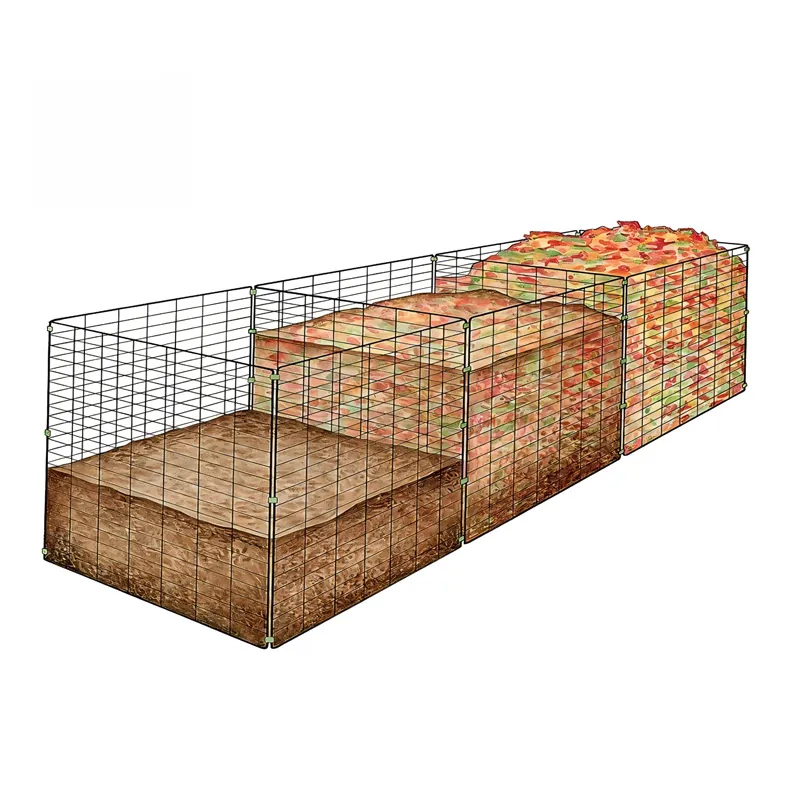
2. Protection from Predators Cattle are vulnerable to various predators, including coyotes and feral dogs, which can pose significant threats. Effective fencing can provide a first line of defense, reducing the risk of attacks and keeping the herd safe.
3. Preventing Escapes Cattle, known for their inherent curiosity and strength, can easily escape through poorly maintained or inadequate fences. Maintaining strong and secure fencing minimizes this risk, ensuring that cattle remain safe and reducing the chance of road accidents or property damage.
4. Improved Land Use With the proper fencing in place, farmers can optimize their land use. They can allocate specific areas for calving, weaning, or feeding without significant disruptions, leading to more organized and efficient operations.
5. Biosecurity Fencing also aids in biosecurity efforts. It limits access to the farm, reducing the introduction of diseases from outside sources. This is vital in maintaining herd health and enhancing meat quality, which is critical for profitability.
Maintenance and Best Practices
To ensure that cattle fencing remains effective, regular maintenance is essential. This includes checking for loose wires, replacing damaged posts, and clearing vegetation away from the fence line. Farmers should also assess the fence’s condition after extreme weather events, such as storms or heavy snowfall, which may weaken its integrity.
Additionally, educating all personnel on fencing best practices will help ensure the safety of the cattle and the effectiveness of the fencing. Understanding the behavior of cattle can also lead to smarter fencing designs, reducing stress on the animals and improving their overall health.
Conclusion
Overall, effective fencing is a critical component of successful beef cattle management. By investing in the right type of fencing and maintaining it properly, cattle producers can enhance herd management, increase productivity, and safeguard their investment. A well-fenced cattle operation is not only beneficial for the livestock but also vital for sustainable agriculture practices.
-
Durable Ornate Garden Gates: Steel Single/Double Wrought IronNewsAug.19,2025
-
Durable Dog Playpen with Waterproof Bottom - Easy Clean & SafeNewsAug.18,2025
-
New Large Metal Dome Top Chicken Coop Pen Dog Duck KennelNewsAug.17,2025
-
Durable Square Pipe Wedding Arch | Outdoor Garden Flower ArchNewsAug.16,2025
-
High Visibility Black Metal Security Fence | Easy Garden TrellisNewsAug.15,2025
-
Durable Ground Spikes for Posts - Easy Install AnchorsNewsAug.14,2025
